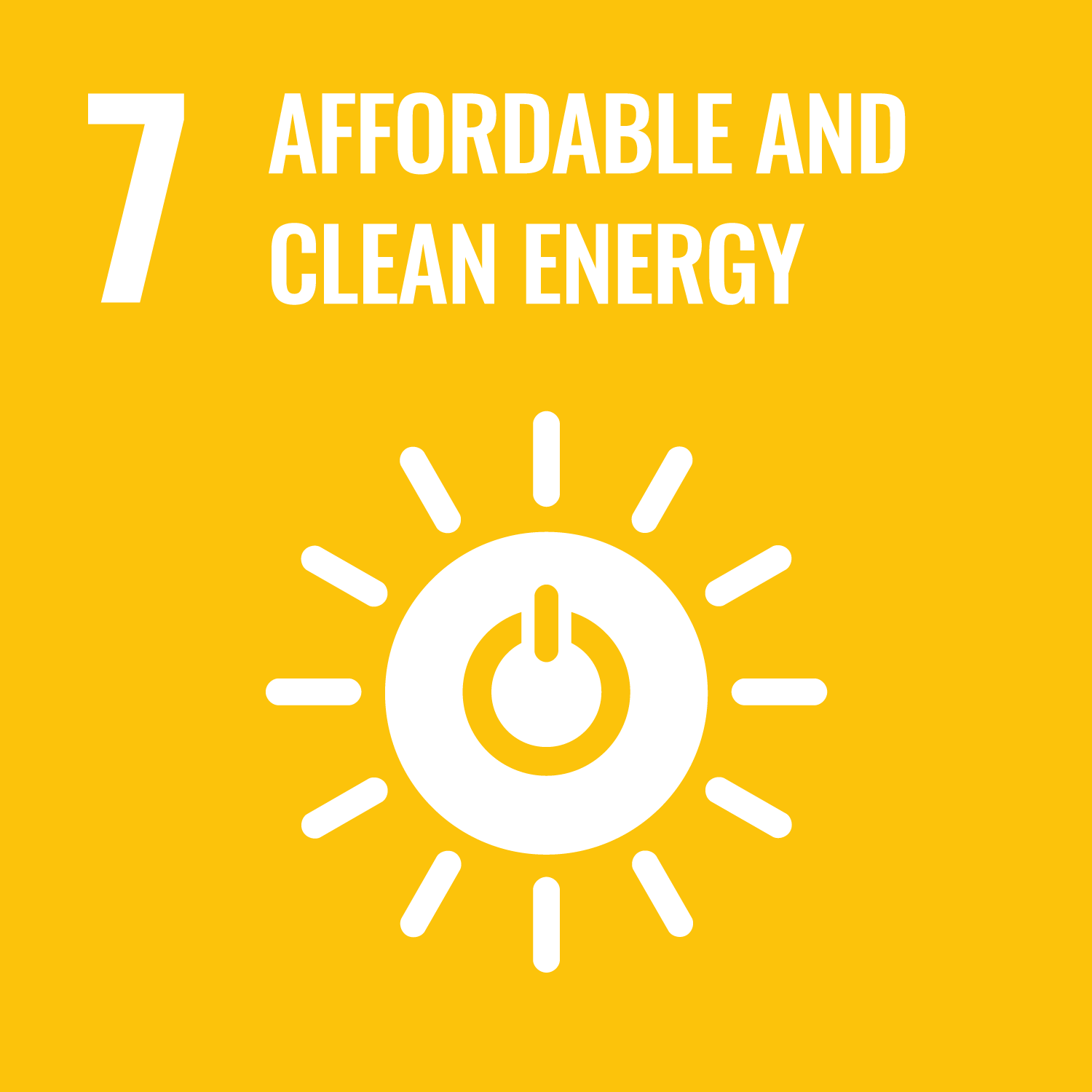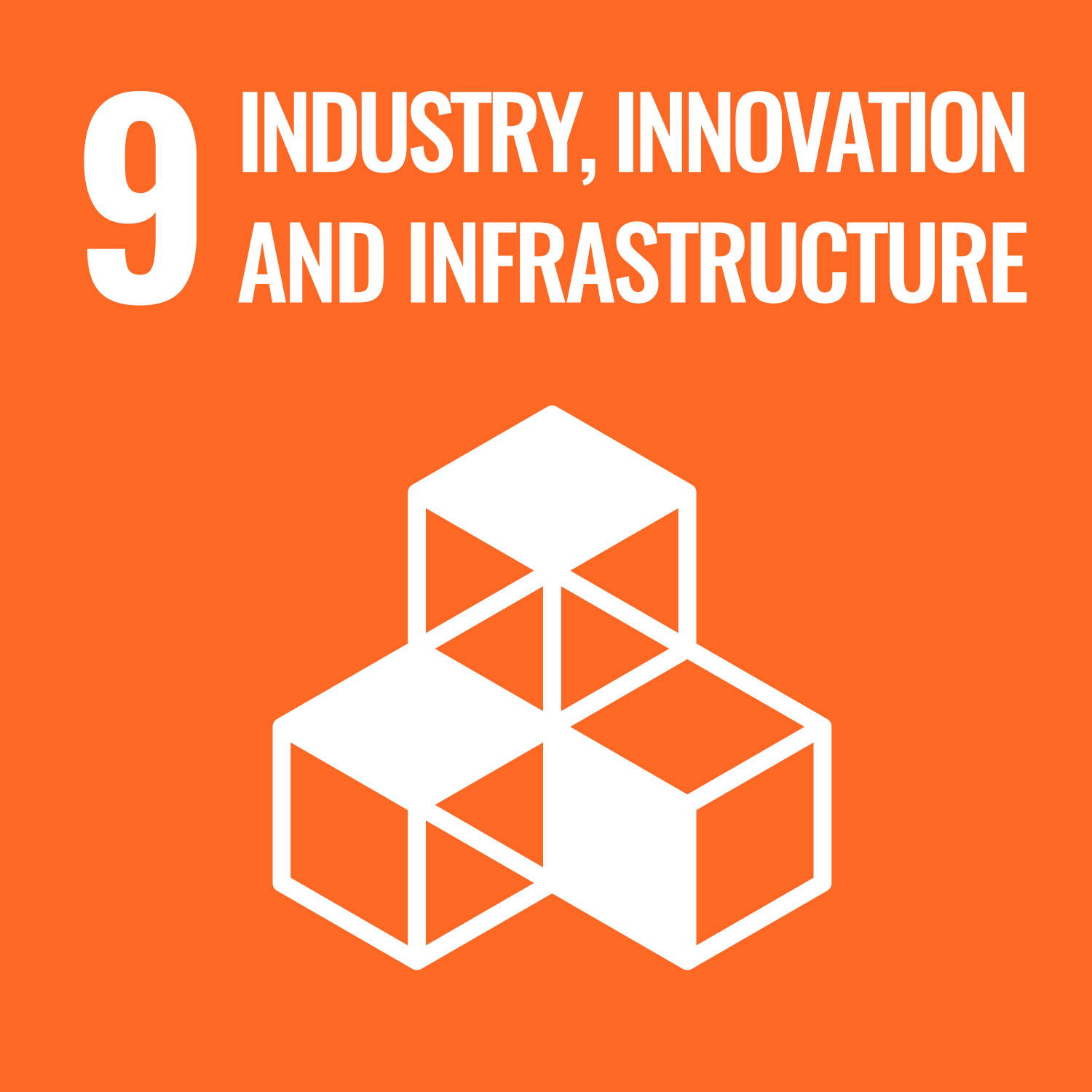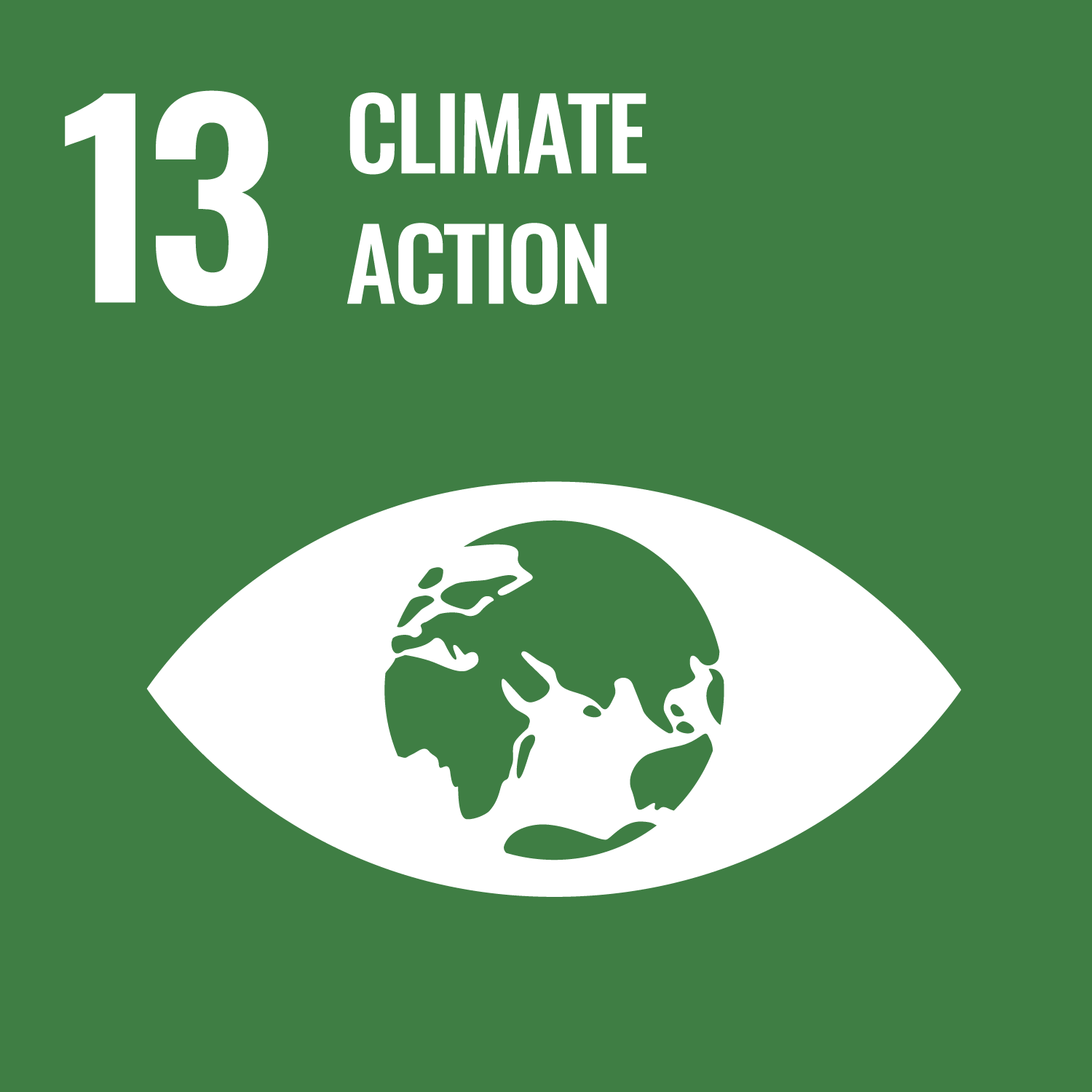LCS-FY2020-PP-06
Cost Evaluation of Direct Air Capture (DAC) Process (Vol. 2):
Adsorption Method
Summary
In FY2019, we evaluated the direct air capture (DAC) process that uses the KOH-CaCO3 alkali absorption method. For this proposal paper, we focused on the DAC process involving the adsorption method that uses the amine/nanofiber system or the metal-organic framework (MOFs-74) system to evaluate the costs involved and identify the associated challenges.
We found that the amine/nanofiber system entails a high energy cost because of its low adsorptivity and the high air-flow resistance of the adsorbent. In the case where the adsorption capacity was 0.7 mol/kg and the adsorption rate was 0.5 mol/kg/h, the DAC cost was calculated at 117 JPY/kg-CO2.
In comparison, MOFs system was found to entail a lower energy cost due to a lower air-flow resistance based on the assumption that a honeycomb structure is adopted. However, the high price of MOFs as an adsorbent means that the life of the adsorbent needs to be at least four years or twice as long as the assumed life span. Honeycomb-structured MOFs adsorbents need further testing to assess their adsorptivity and other properties. We estimated the DAC cost at 67 JPY/kg-CO2 on the assumption that the adsorption capacity is 2.1 mol/kg, while the adsorption rate is 1.5 mol/kg/h. Empirical study is needed for such estimations.
In the case of the KOH-CaCO3 alkali absorption method, the DAC cost is estimated at 35 JPY/kg-CO2 [1]. This makes the process seem promising at the moment despite some uncertainties. For example, empirical study is needed to determine whether the cost can be lower.
We also made a quantum chemical calculation regarding the adsorption properties of the amine/nanofiber system “AEAPDMS-CO2-H2O” using Gaussian. We also found that the level of moisture influences the electronic state, which in turn changes the adsorption properties. The ease and heat of adsorption were inferred as well. Quantum chemistry provides a powerful tool for improving the efficiency of technology development in this field.
Technology needs to be developed that can reduce the cost of DAC to 20 JPY/kg-CO2 or lower.



